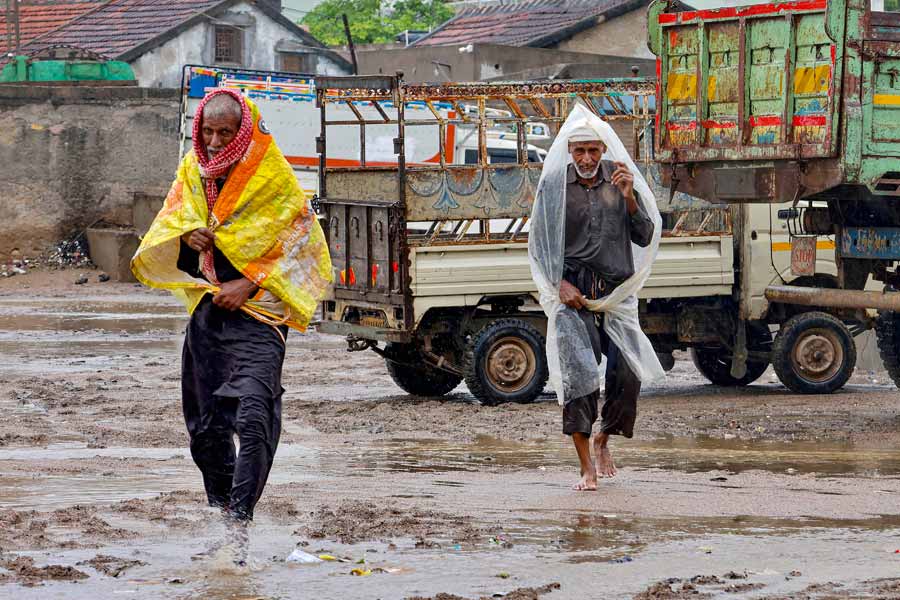Global net-migration patterns are more strongly linked with socio-economic factors, not climate change as is generally thought by public, according to new research published in the journal Nature Human Behaviour.
Providing a new, high-resolution dataset of net-migration over the past two decades (2000-19), the study said it made it possible to answer questions that cannot be addressed with coarser data, such as national averages. The study included researchers from Aalto University, Finland, and the University of Bologna, Italy.
The team combined birth and death rates with overall population growth to estimate net migration. The role of socio-economics and climate were incorporated through the Human Development Index (HDI) and the aridity index.
High levels of emigration or out-migration were found in regions in the middle of the scale in both HDI and aridity, such as areas in Central America, northeast Brazil, Central Africa and southeast Asia.
"It's not the poorest of the poor who are fleeing environmental disasters or environmental changes. Migration is an adaptation method used by people who have the capacity to move," said Venla Niva, a postdoctoral researcher at Aalto University and the study's lead author.
By the same logic, areas with a high HDI were seen to experience positive net-migration, or in-migration, regardless of their climate condition.
For example, regions in the Arabian Peninsula, North America, Australia, and the North Mediterranean were net receivers despite their aridity, the study said.
"Decision-makers should pay attention to this. Rather than focusing solely on border closures and combating migration, we should work to support and empower individuals in economically disadvantaged countries.
"That would help reduce the drivers that compel people to migrate in search of better opportunities," said Matti Kummu, associate professor of global water and food issues at Aalto and senior author of the study.
The granularity of the new dataset reveals complexities in migration patterns that are hidden when national data is used, the researchers said.
"In France and Italy, for example, there are really interesting differences between north and south, and in Spain, there's an east-west difference. There are so many patterns that national experts could look into, and of course, the reasons behind them might be different for each country," said Kummu.
Unexpected patterns also showed up in urban-rural migration, they said, which dispels the common belief that urban areas are pulling the people from the rural areas.
"There are a lot of places for example in Europe where the opposite is true," said Kummu.
Migration from cities to rural areas was also observed in parts of Indonesia, Congo, Venezuela, and Pakistan.
"Overall, migration is more complex than people tend to think," said Niva. "Our findings contribute to the discussion of where and how migration is happening - it's not actually a Euro-centric phenomenon, because most migration happens elsewhere in the world." "They don't really match the narrative that's repeated by the public about climate-induced migration," said Niva.
"When you look at the different factors together, the analysis shows that human development factors are more important drivers than climate," said Niva.
The new dataset, which the researchers produced by starting with sub-national death and birth ratios and scaling them down to 10-kilometre resolution, is openly available and can be easily explored through an online interactive map, they said.
Except for the headline, this story has not been edited by The Telegraph Online staff and has been published from a syndicated feed.










